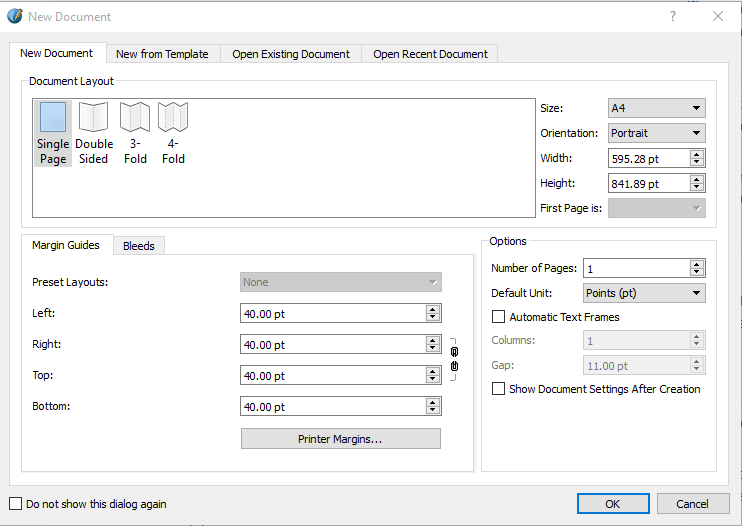

Ĝreate and edit frames, make them visible or hidden, rotate, scale them and add rounded corners.Manipulate objects within document-wide layers.Handle CMYK and spot colours and include ICC profiles.Ĝreate single or multi-page documents with text, photos and vector graphics, imported from a good range of mainstream applications.The best source of guidance to the program is the Scribus Wiki at. Advice like ‘I need not explain the benefits of saving plain, unformatted text… save plain text, you will be happy about this some day’ Yes, particularly if your DTP imports a limited number of word processor formats. There’s little on the Scribus web site or in the the documentation to highlight the features of the program, and much of the text is like being lectured to by JR Hartley. By pulling up just the panels you need for the layout elements you’re working on, you get quick access to your document all the time. In fact, the design of the UI lends itself well to DTP, as the clutter of many commercial programs is removed, leaving more of the current page on view. So why not switch one on by default, so we know they’re there? In fact, there are all kinds of property and other floating panels of controls, that are switched on from the Windows menu. Coming to Scribus for the first time, you’d be forgiven for thinking it has no attribute control at all, other than its menus. On this page, there’s no toolbox down the left-hand side like InDesign, no palette bar down the right like CorelDraw and no formatting toolbar at the top, like Publisher. Both installations are painless and Scribus runs up to a rather atypical blank page display.

On Windows you’re advised to install GhostScript, the open source PostScript and PDF rendering engine, first. It has just moved to version 1.3.4 but since this developers’ release is only currently available as source code, our review is based on version 1.3.3.9. The program is a free download and is cross-platform, with versions available for Windows Vista/XP/2000, Mac OS X, OS/2 and Linux. Scribus is an open-source DTP application, started in 2001 and written by people who are clearly opinionated on subjects like typography and page design. There is a third contender, though, from a rather unusual source. This stems from a long-running reluctance to provide review copies and a long-running desire to produce an under-featured, over-priced heavyweight that still has trouble with tables. A few might add QuarkXpress to that, though Quark seems to have alienated virtually all journos over the years. To read most of the digital press, you’d think InDesign was the only big-league desktop publishing (DTP) application anyone took seriously.


 0 kommentar(er)
0 kommentar(er)
